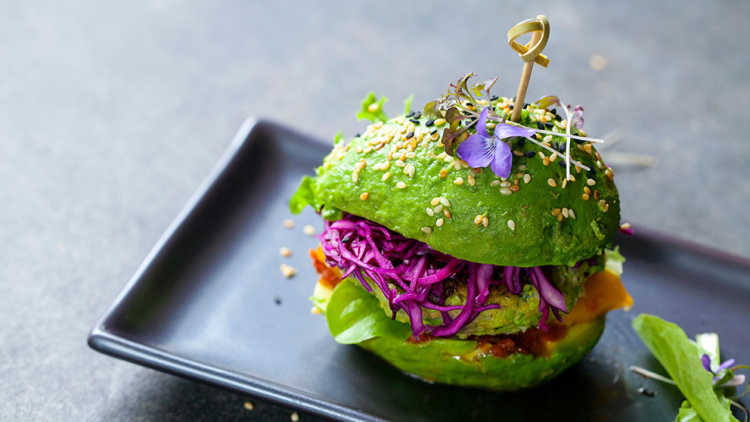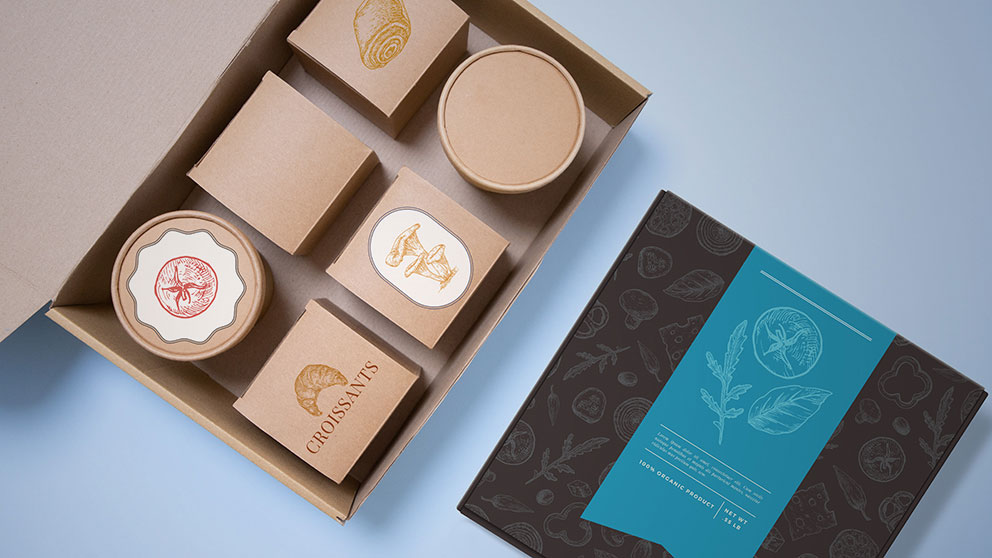Trends vs. fads: How to jump in on the next big food product

Food innovator Dana McCauley likes to use a tree metaphor to explain the difference between fads and trends in the fast-changing, fickle world of food and beverage manufacturing and sales.
“Fads are like leaves,” says McCauley, CEO, Canadian Food Innovation Network. “They’re lovely when they’re there, but they soon die and fall off.”
She points to novelty food items like the cronut — a croissant-doughnut pastry that was all the rage when it first surfaced in New York City in 2013 — as “fantastic, aspirational creations whose popularity doesn’t last.”
She compares trends to tree branches.
Sometimes, a fad becomes a trend – and a trend can spawn a fad. It’s tricky to know the difference.
“They’re attached to the trunk, which are well-entrenched market forces like health and wellness, and they continue to live and grow for years.”
The challenge for food manufacturers seeking opportunities, she adds, is determining whether a hot new item or culinary category is a fad or a trend.
“Sometimes a fad becomes a trend – and a trend can spawn a fad,” McCauley says. “It’s tricky to know the difference – and it can be very costly if you get it wrong.”
Battle of the proteins
One example is the growing popularity of plant-based food items.
Plant-based foods and protein have gone from being a fad, niche market product a generation ago to a mainstream food movement and trend today. Plant-based alternatives also now rival meat, milk and other animal protein products on many global restaurant chain menus.
The Nielsen report, titled, Battle of the proteins: Canadian eating habits are evolving, found that while meat, dairy and eggs remain our primary sources of protein, plant-based foods like legumes, nuts and seeds (together with fish and seafood) are becoming increasingly popular.
That is particularly the case among higher-educated, higher–earning young adults in large urban areas and some ethnic groups, especially Asian.
“Animal-based protein owns the volume (but) plant-based is driving growth,” reads the 2019 Nielsen report.
McCauley offers the following tips for sorting fads from trends:
1. Be flexible and responsive
Make sure you have the manufacturing and packaging flexibility. “Consumers love novelty, and everyone wants to find the next big thing,” McCauley says. “But you need to be flexible and respond to demand for new products when your sales team comes back fired up from a meeting with a client.”
2. Keep it real
“Stay in your lane,” says McCauley. “Use your existing resources and as many of your current ingredients as possible. Don’t invest thousands of dollars in new machinery to make unproven products.
3. Be a sponge
“Pay attention to market data and global trends in newsletters and reports. Attend trade shows. Watch what’s happening in restaurants on reviews to try and see and hear about what’s coming down the pipe.”
Sorting out a fad from a trend can be difficult, but if you are tuned into your sector, watching market data and global trends and listening to your sales team, you have a good chance to get in early on the next new food product.
Article by: Mark Cardwell

Three veteran food industry experts share their best advice for how to show up successfully at your next tradeshow event.

